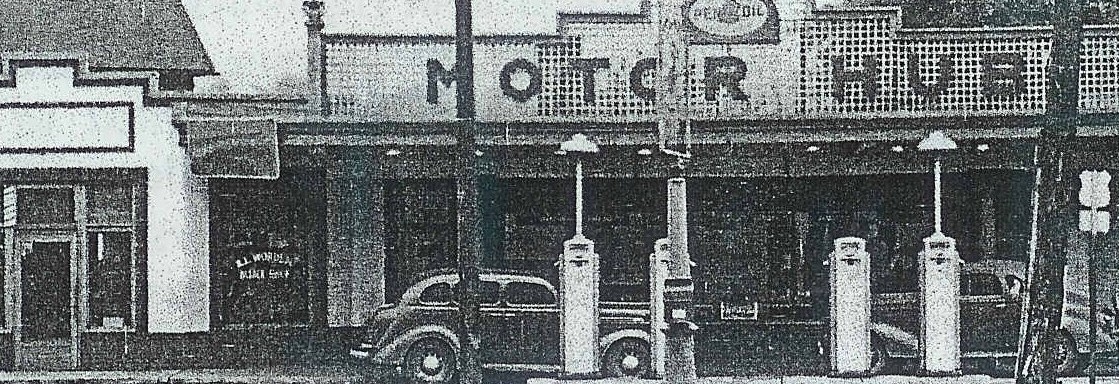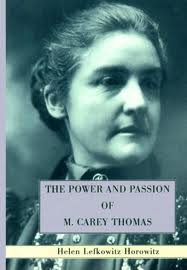It was by chance that I found Katherine Butler Hathaway’s The Little Locksmith, a book which was out-of-print for many years. How lucky I was to discover her.
Suffering from tuberculosis of the spine as a small child, Katherine grew up strapped tightly to a stretcher with a leather halter attached to a pulley and a five-pound weight that help her head in one position. She couldn’t turn her head to left or right but only could stare at the ceiling.

She tells us that she never felt alone as her brothers always played around her and included her in everything. Taking her situation in stride, she spent hours creating things from paper and fabric.
Although my back was imprisoned, my hands and arms were free. I held my pencil and pad of paper up in the air above my face and I wrote microscopic letters and poems, and made little books of stories, and very tiny pictures. ..I loved paper, colored paper, fancy tissue and crepe paper and ordinary white or brown paper too. The commonest substance in the world, it had for me an uncommon charm because of all the things it suggested to my mind that could be made out of it.
I used to hold a piece of paper in my hands up above my face and let my eyes dwell on it in a sort of trance until, like the Japanese flowers, it would begin to bloom. (Katherine Butler Hathaway, The Little Locksmith)
Katherine was released from this frame when she was about 12 but her body was twisted and her growth stunted to that of a 10-year-old child. In spite of this, she became a writer, graduated from Radcliffe, and traveled to Europe, becoming part of the literary movement taking place in the 1920s. The most amazing thing is her Bohemian perspective on life . Set apart from others, she developed her own unique ideas and moral perspective.
As with many people who have a handicap, her family tended to be overprotective and smother her even into adulthood. Katherine bought a house on Penobscot Bay in Castine Maine and there took control over her own destiny. She had special plans for this house.
Love laughs at locksmiths.The adage had a twisted and rueful meaning for me. I thought that love laughed at me because my body was shaped like the locksmith’s, but the answer I made was to unlock doors for everybody else… My third wish for my house was that I might sometimes offer it for the use of lovers. Having myself suffered from complete deprivation in this respect, I believed it was not right for anyone else to be so deprived…
We sometimes don’t want to think about the fact that severely handicapped people are nevertheless sexual beings and have the same needs as any of us. Certainly, writing in the 1930’s, it was a bold thing for her to discuss.
Katherine may have ruled out the possibility of love for herself too soon, as she later married and lived in Paris and, finally, in Maine with her husband. It was there that she spent seven years writing this book (1935-1943). She lived to see the first installment published in The Atlantic Monthly in April, 1942. Had she lived longer, she had planned to write about her romance and marriage and about her avant-garde years in Paris.
Although she was locked into the body of a ten year old, her mind and her spirit grew to immense proportions. Her writing is simple, unemotional and yet she skillfully captures the essence of her experiences and shares them with us. She was truly undefeated by the challenges in her life and has left this memoir for us to savor and think on.



